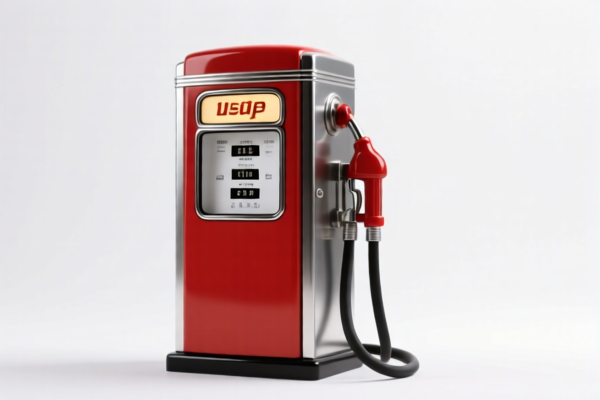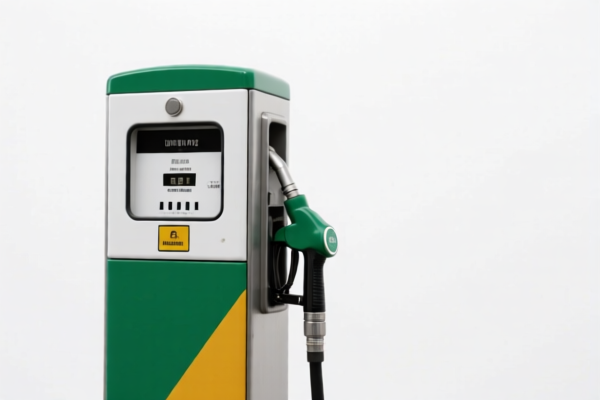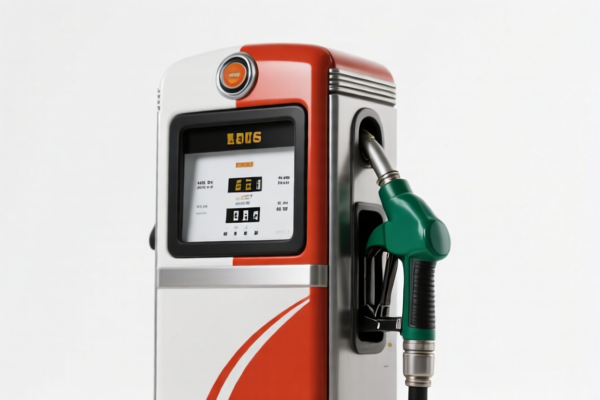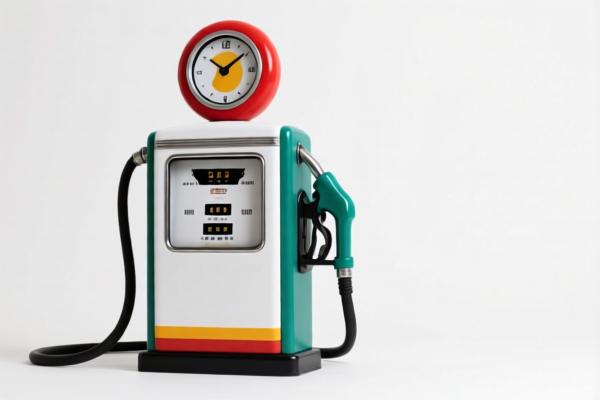| HS Code | Official Doc | Tariff Rate | Origin | Destination | Effective Date |
|---|---|---|---|---|---|
| 8487900080 | Doc | 83.9% | CN | US | 2025-05-12 |
| 8487900040 | Doc | 58.9% | CN | US | 2025-05-12 |
| 8504909690 | Doc | 55.0% | CN | US | 2025-05-12 |
| 8543708000 | Doc | 55.0% | CN | US | 2025-05-12 |
| 8543906800 | Doc | 55.0% | CN | US | 2025-05-12 |




USB Pump
A USB pump is a small, electrically powered pump that draws its power from a USB port. These pumps are characterized by their portability, low voltage operation, and ease of use.
Material:
- Pump Body: Typically constructed from plastic (ABS, PP) for lightweight operation and corrosion resistance. Some higher-end models may utilize metal housings for increased durability.
- Impeller/Motor: The core of the pump usually contains a small DC motor driving an impeller, often made of plastic or a combination of plastic and metal.
- Tubing: Flexible plastic (PVC, silicone) tubing is used for fluid intake and output.
- Connectors: USB-A connectors are standard for power input. Some pumps may include specialized connectors for specific applications.
Purpose:
USB pumps are designed for transferring liquids in low-volume applications where a dedicated power source is inconvenient or unavailable. They are commonly used for:
- Fluid Dispensing: Accurate delivery of small amounts of liquid, such as in laboratory settings or DIY projects.
- Aquarium/Fountain Maintenance: Water circulation, draining, or small water transfers.
- Cooling Systems: Circulation of coolant in small-scale cooling loops (e.g., for computers).
- Beverage Dispensing: Transferring liquids from bottles or containers.
- DIY Projects: Incorporated into custom automated systems or devices.
Function:
USB pumps operate on the principle of positive displacement. A DC motor rotates an impeller or rotor, creating a pressure difference that draws fluid into the pump inlet and expels it through the outlet. The flow rate is dependent on the motor speed, impeller design, and fluid viscosity. Most USB pumps are not self-priming and require initial submersion or priming to initiate fluid flow.
Usage Scenarios:
- Portable Applications: Ideal for situations where access to mains power is limited.
- Automated Systems: Can be controlled via microcontroller boards (e.g., Arduino, Raspberry Pi) to automate fluid transfer processes.
- Laboratory Use: Dispensing reagents, removing liquids from small containers.
- Home/Office: Small water features, beverage dispensing.
- Computer Cooling: Circulating liquid coolant in custom water cooling loops.
Common Types:
- Peristaltic Pumps: Utilize rollers to compress flexible tubing, creating a pumping action. Offer precise flow control and are suitable for sterile applications.
- Diaphragm Pumps: Employ a reciprocating diaphragm to create suction and discharge. Self-priming and can handle viscous fluids.
- Centrifugal Pumps: Use a rotating impeller to generate centrifugal force, moving fluid through the pump. Generally higher flow rates but lower pressure.
- Miniature Submersible Pumps: Small pumps designed to be fully submerged in liquid. Commonly used in aquariums or cooling systems.
- Gear Pumps: Utilize rotating gears to displace fluid. Provide consistent flow and are suitable for viscous fluids.
Based on the provided information, classifying a “usb pump” requires careful consideration of its components and function. Since a USB pump likely contains electrical features and may be part of a larger machine, several HS codes could be relevant.
Here are the potentially applicable HS codes based on the reference material:
- 8504909690: Electrical transformers, static converters (for example, rectifiers) and inductors; parts thereof: Parts: Other: Other Other parts: Other. This code covers parts of electrical transformers, converters, and inductors. If the USB pump includes these components, this HS code may be applicable. The total tax rate is 55.0%, comprised of a 0.0% base tariff and a 25.0% additional tariff, increasing to 30.0% after April 2, 2025.
- 8543708000: Electrical machines and apparatus, having individual functions, not specified or included elsewhere in this chapter; parts thereof: Other machines and apparatus: Other: Microwave amplifiers. If the USB pump functions as a specialized electrical machine with a specific function (e.g., a miniature pump for fluid transfer), this code could apply. The total tax rate is 55.0%, with a 0.0% base tariff and a 25.0% additional tariff, rising to 30.0% after April 2, 2025.
- 8543906800: Electrical machines and apparatus, having individual functions, not specified or included elsewhere in this chapter; parts thereof: Parts: Other: Printed circuit assemblies: Other. If the USB pump incorporates a printed circuit assembly (PCB) as a key component, this HS code may be relevant. The total tax rate is 55.0%, consisting of a 0.0% base tariff and a 25.0% additional tariff, increasing to 30.0% after April 2, 2025.
Explanation of HS Code Structure (based on provided reference):
The HS code system categorizes products using a hierarchical structure:
- Chapter (First two digits): Broadly defines the product category. For example, Chapter 84 covers machinery, while Chapter 85 covers electrical machinery.
- Heading (Next two digits): Further specifies the product within the chapter.
- Subheading (Next four digits): Provides even more detail, narrowing down the product classification.
Important Considerations:
It is crucial to determine the precise function and components of the USB pump to select the most accurate HS code. If the pump contains electrical connectors, insulators, or coils, it may fall under a different classification not listed here.
According to the provided reference material, the HS code options related to 'usb pump' are limited, with only the following 3 found.
Customer Reviews
No reviews yet.